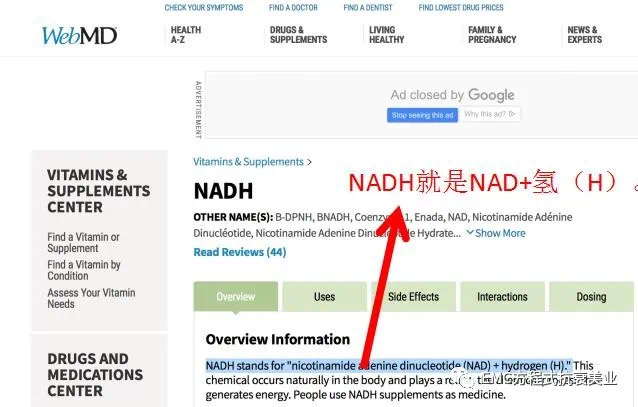NADH and NMN: Key Differences and Benefits

NADH and NMN are both precursors to NAD+, a vital coenzyme that plays a central role in energy metabolism and cellular health. NADH, also known as Nicotinamide Adenine Dinucleotide Hydrogen, is a naturally occurring substance in every cell of the human body. It is involved in over a thousand metabolic reactions and is crucial for the production of ATP, the energy currency of the cell. NADH not only helps generate ATP but also acts as a powerful antioxidant, neutralizing harmful free radicals that can damage cells and contribute to aging. Additionally, NADH supports cellular repair processes, including DNA repair, and promotes the production of neurotransmitters like dopamine, which is essential for cognitive function and mood regulation.
NMN, or Nicotinamide Mononucleotide, is another precursor to NAD+ that has gained attention for its potential anti-aging effects. NMN is naturally found in small amounts in foods such as avocados, broccoli, and cucumbers. It is synthesized from vitamin B3 (nicotinamide) through the action of the enzyme NAMPT (Nicotinamide Phosphoribosyltransferase). NMN supplementation has been shown to increase NAD+ levels, which can have beneficial effects on a variety of physiological functions, including mitochondrial function, insulin secretion, and neuronal health. By increasing NAD+ levels, NMN can help mitigate age-related decline in these processes, making it a promising candidate for supporting metabolic health and combating the effects of aging.
While both NADH and NMN contribute to NAD+ levels, they differ in several important ways. NMN requires specific enzymes and energy to convert to NAD+, whereas NADH directly decomposes into NAD+ and hydrogen (H) without the need for additional enzymes or energy. This makes NADH a more efficient precursor to NAD+. Moreover, NADH releases energy (ATP) and hydrogen (H) during its conversion to NAD+, which can be used by cells for various functions, including immune system support and antioxidant defense. In contrast, NMN does not produce energy during its conversion to NAD+.
Another significant difference between NADH and NMN is their stability and absorption. NMN is relatively stable and easily absorbed when taken orally. However, NADH is highly reactive and can be easily degraded by light, water, heat, and stomach acid. This has been a major challenge in the development of NADH supplements. Fortunately, advanced delivery systems like Celergo’s Turn A® technology have overcome these challenges, enhancing NADH’s stability and absorption. The Turn A® system protects NADH from degradation, ensuring that it remains active and bioavailable once ingested. This technology allows NADH to be effectively absorbed and utilized by the body, making it a powerful tool for enhancing energy, supporting cellular health, and promoting anti-aging effects.
Celergo NADH, which utilizes the Turn A® delivery system, has been shown to have several benefits. Users often report increased energy levels and improved mental clarity within days of starting supplementation. The enhanced cellular repair processes supported by NADH lead to quicker healing of minor injuries, such as cuts and bruises. Regular use of Celergo NADH can also lead to better endurance and physical performance, making it an attractive option for those looking to improve their fitness levels. Additionally, by promoting metabolism and reducing fat accumulation, Celergo NADH can support weight management efforts, helping individuals achieve their health and fitness goals more effectively.
In conclusion, both NADH and NMN are important for maintaining cellular health and combating the effects of aging. While NMN is a well-studied precursor to NAD+, NADH offers unique advantages in terms of efficiency and additional health benefits. With advanced delivery systems like Celergo’s Turn A®, NADH is becoming more accessible and effective, making it a promising option for those seeking to enhance their health and vitality. As research continues to uncover the full potential of these molecules, it is clear that they will play a significant role in the future of anti-aging and health optimization.